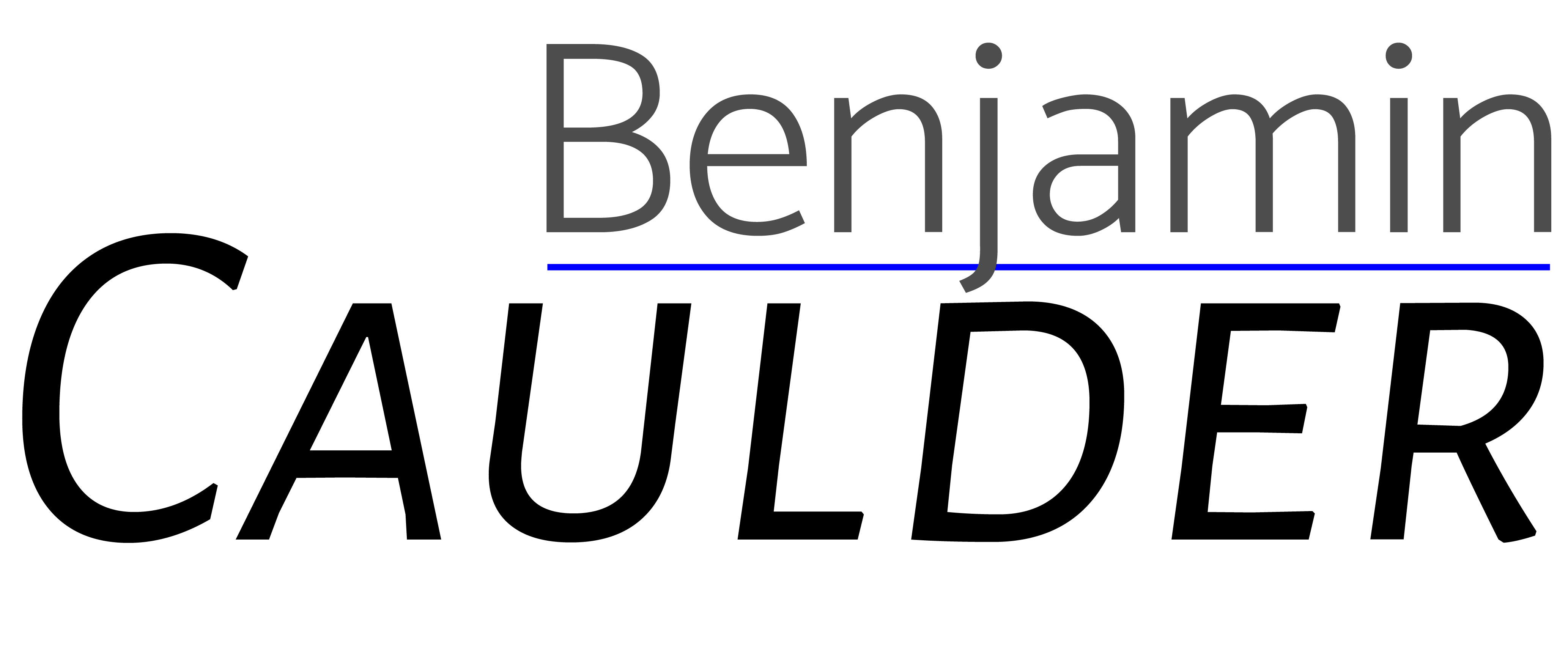When discussing learning theory, the names Robert Gange and Albert Bandura prominently come to mind and rightly so. Gange’s Nine Events of Instruction and Bandura’s identification of the role of motivation are pillars in learning theory. However, there is a extremely well known theory and theorist who are occasionally overlooked when discussing adult learning theory. That is Abraham Maslow and his Hierarchy of Needs.
 Maslow’s Hierarchy of needs is often a critical part of any public school teacher’s pedagogy, but it doesn’t take must imagination to see its importance in adult learning in a professional environment. When it’s time for any organization to have training, many (and honestly sometimes it’s most) of the learners do not what to be a part of it. They view it as a waste of time, redundant, not specific to their concerns and responsibilities and not useful. Whether these feeling are valid or not isn’t the question (most trainers and instructional designers would argue they are baseless), but what is valid is that, right or wrong, the learners feel these things. When examining Maslow’s hierarchy of needs, this can be viewed as a safety need.
Maslow’s Hierarchy of needs is often a critical part of any public school teacher’s pedagogy, but it doesn’t take must imagination to see its importance in adult learning in a professional environment. When it’s time for any organization to have training, many (and honestly sometimes it’s most) of the learners do not what to be a part of it. They view it as a waste of time, redundant, not specific to their concerns and responsibilities and not useful. Whether these feeling are valid or not isn’t the question (most trainers and instructional designers would argue they are baseless), but what is valid is that, right or wrong, the learners feel these things. When examining Maslow’s hierarchy of needs, this can be viewed as a safety need.
Taking any employee of any level of responsibility away from their primary responsibility is a significant decision, especially if that employee is a direct revenue producer. Employees sitting in training, whether it is ILT or e-Learning, know they are not performing their primary function. They know that the work they could be doing is stacking up on their desk. Is it so hard to believe that they could view training as a threat to their employment? From this type of employee’s eyes:
- the training is increasing their time on task of whatever they are working on currently,
- the training is taking them away from their family (especially if the training is remote),
- the training is increasing their stress due to the above,
- and the training is subtly an attack on their competence at their job.
As mentioned earlier, these thoughts do not need to be true in any way shape or from to have a negative impact on the training and learning objectives. By simply considering their need to feel safe in their employment and their function within the greater organization, an Instructional Designer and/or trainer can begin to realign the mindset of the learners. There is no silver bullet to how; each training has its own goals and learning objectives that will effect each organization in innumerable ways. Every ID and trainer has to do their own needs analysis, but the key is to do it with Maslow’s Hierarchy of Needs in mind.
Ultimately, this discussion does come back Albert Bandura, social learning and motivation. By addressing the safety needs of an organization, IDs and trainers are addressing the motivation of the learners. It isn’t the end all be all, but is should be the beginning of it all.


Leave A Comment